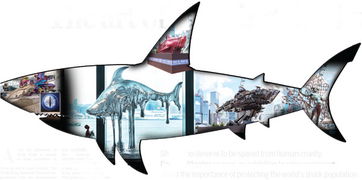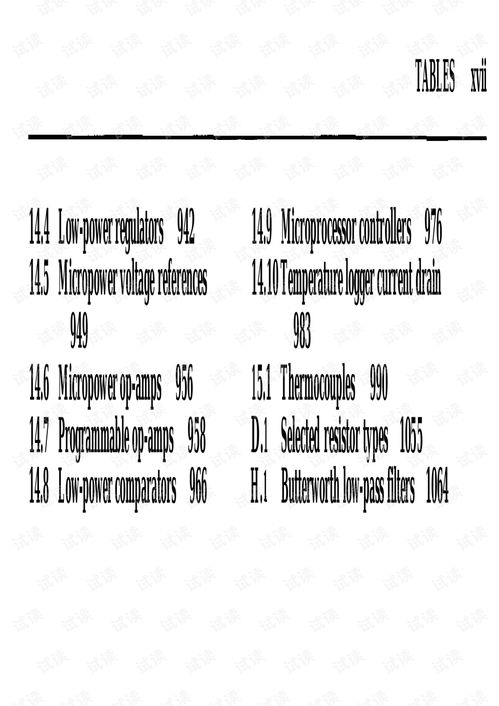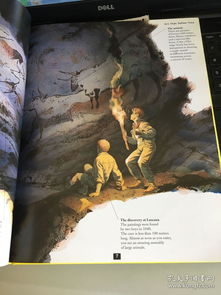Content:
In the world of fishing, the pursuit of the majestic red carp is a challenge that many anglers aspire to conquer. Known for its vibrant colors and spirited fight, the red carp is a sought-after catch that can turn a simple fishing trip into an unforgettable adventure. If you're eager to learn the ins and outs of catching this beautiful fish, look no further. This article, complemented by a detailed video guide, will equip you with the essential techniques and tips to increase your chances of landing a red carp.
Understanding Red Carp Behavior
Before delving into the fishing techniques, it's crucial to understand the behavior of red carp. These fish are known for their preference for warm, shallow waters and are often found in slow-moving rivers, ponds, and lakes. They are most active during the early morning and late afternoon, which is when they are most likely to feed. Knowing this, you can time your fishing sessions to coincide with these peak activity periods.
Choosing the Right Equipment
The first step in mastering the art of catching red carp is to equip yourself with the right gear. Here's a rundown of the essential equipment you'll need:
Rod and Reel: A medium-heavy action rod with a sensitive tip is ideal for red carp. A spinning reel with a good drag system is recommended to handle the fish's strong pull.
Line: Use a monofilament line with a breaking strain of 10-15 pounds. This will provide enough strength to land the fish without snapping the line.
Hook: A size 6-10 hook is typically sufficient for red carp. The size may vary depending on the bait you choose.
Bait: Red carp are omnivorous and will eat a variety of baits. Live bait such as worms, crickets, and minnows can be effective, but artificial lures can also work well.
Leader and Swivel: A 12-18-inch leader with a swivel at the end will help prevent line twist and increase your chances of catching more fish.
Selecting the Right Spot
To increase your chances of catching red carp, you need to find the right spot. Look for areas with abundant vegetation, such as lily pads, reeds, or overhanging trees. These areas provide cover and attract baitfish, which in turn attract red carp. Additionally, areas with a mix of deep and shallow water can be productive, as red carp often move between these depths in search of food.

Presenting Your Bait
Once you've found a good spot, it's time to present your bait effectively. Here are some techniques to consider:
Trolling: Trolling can be an effective method for covering a large area and attracting red carp. Use a slow retrieve with a variety of lures to mimic the movement of baitfish.
Still Fishing: If you prefer a more traditional approach, still fishing can be very effective. Cast your bait into the desired area and wait for a bite. Remember to move your bait in a natural manner, as red carp are sensitive to unnatural movements.
Drop Shotting: This technique involves dropping your bait vertically into the water column. It's particularly effective in areas with a lot of vegetation. Adjust the depth of your bait by changing the length of your leader.
Fishing with Live Bait: If you're using live bait, such as worms or crickets, let it sit on the bottom for a while before slowly retrieving it. This mimicry of natural movement can trigger a bite.
Reading the Water
Being able to read the water is a skill that will greatly enhance your fishing success. Look for signs such as fish jumping, bubbles, or disturbances in the water, which can indicate the presence of red carp. Additionally, observe the behavior of other fish in the area, as they can provide clues about the movement and feeding patterns of red carp.
Handling and Release
Once you've caught a red carp, it's important to handle the fish properly to ensure its survival. Here are some tips:
Use a Net: A soft mesh net is recommended to minimize stress on the fish. Avoid lifting the fish by its mouth or gills.
Keep the Fish in the Water: If you need to take a photo or measure the fish, keep it in the water as much as possible to prevent it from getting stressed.
Release Quickly: After you've handled the fish, release it as quickly as possible to reduce the risk of injury or shock.
Conclusion
Catching red carp can be a rewarding experience with the right techniques and knowledge. By understanding the behavior of red carp, choosing the right equipment, selecting the best spots, and mastering the art of presenting your bait, you'll be well on your way to becoming a successful red carp angler. And with the help of our comprehensive video guide, you'll have all the tools you need to make your fishing dreams a reality. Happy fishing!












